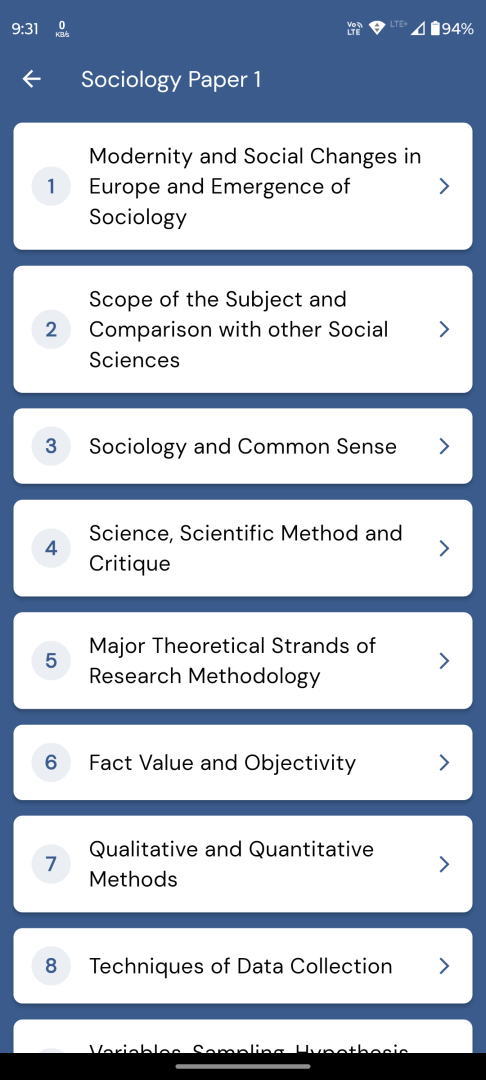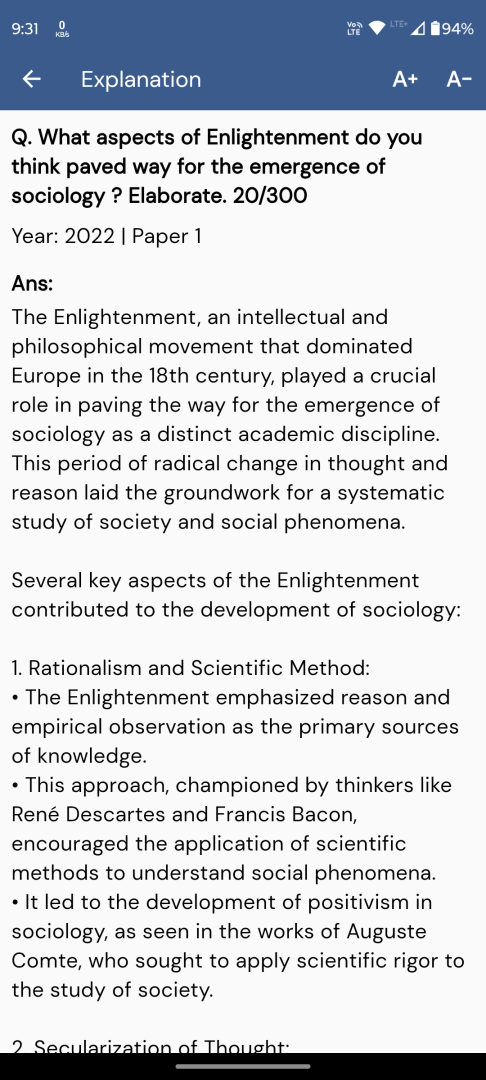Dialectical Materialism : Understanding The Laws of Dialectics
Dialectical Materialism: Understanding the Laws of Dialectics
Dialectical materialism, developed by Karl Marx and Friedrich Engels, provides a framework for understanding natural and social change. This theory emphasizes the interconnectedness of material reality and the dynamic nature of change, standing in contrast to Hegelian idealism. Dialectical materialism forms the foundation of Marxist social theory and has significantly influenced sociological thought.
I. Foundations of Dialectical Materialism
A. Historical Context:
Dialectical materialism emerged in the 19th century as a response to Hegel’s idealist philosophy. Marx and Engels sought to ground dialectical thinking in material reality, arguing that economic and social conditions shape ideas, rather than vice versa.
B. Core Principles:
1. Materialist perspective: The physical world is primary, and consciousness is a product of material conditions.
2. Interconnectedness: All aspects of reality are interrelated and mutually influencing.
3. Constant change: Everything is in a state of perpetual transformation.
4. Revolutionary shifts: Change occurs through qualitative leaps rather than gradual progression.
II. The Three Laws of Dialectics
Friedrich Engels articulated three fundamental laws of dialectics:
A. The Law of Unity and Conflict of Opposites:
This law reveals that objects and phenomena in the material world have internal sides, tendencies, and forces that are mutually exclusive yet dependent on each other. The unity of opposites arises from the inseparable interconnections of these contradictory elements. Their conflicting nature leads to struggle and change, serving as the main source of development in matter and consciousness.
Example: In capitalist societies, the bourgeoisie and proletariat are interconnected yet in conflict, driving social change.
B. The Law of Negation of the Negation:
This principle describes how development occurs through a series of contradictions. Each new stage negates the previous one while incorporating certain elements from it. The process of negation is an integral part of the development of reality itself, occurring as a result of internal contradictions.
Example: The transition from feudalism to capitalism, and potentially from capitalism to socialism, where each system negates the previous one but retains certain aspects.
III. The Law of Transition from Quantity to Quality:
This law explains that change in nature is not gradual but occurs through quantitative advances that lead to qualitative changes when mature conditions are present. Continuous quantitative changes reach a limit determined by the nature of the process, beyond which a leap or qualitative change inevitably occurs.
Example: The gradual accumulation of technological advancements leading to significant social changes, such as the Industrial Revolution.
III. Class Struggle and Social Revolution:
According to Marx, the contradictions within each mode of production, particularly between the forces of production and the relations of production, lead to class struggle and eventually social revolution.
Example: In capitalism, the contradiction between the social character of production and the private capitalist form of appropriation becomes significant, potentially leading to a socialist revolution.
IV. The Transition to Socialism and Communism
A. Socialist Revolution:
Marx viewed the overthrow of the bourgeoisie as just the first phase of revolutionary change from capitalism to socialism. In the socialistic phase, there would still be classes, occupational division of labor, and a market economy.
B. Dictatorship of the Proletariat:
This transitional stage would involve the working class using its political power to suppress the remnants of the old capitalist class and establish conditions for the eventual withering away of the state.
C. Communism:
In the higher phase of revolution, communism, goods would be distributed according to each person’s needs. The state apparatus would be abolished, leading to a stateless society.
V. Critique and Contemporary Relevance
A. Criticisms of Dialectical Materialism:
1. Determinism: Critics argue that the theory is too deterministic and doesn’t account for human agency.
2. Oversimplification: Some contend that it oversimplifies complex social processes.
3. Predictive failures: Many of Marx’s predictions about the inevitable collapse of capitalism have not materialized.
B. Contemporary Relevance:
Despite criticisms, dialectical materialism continues to influence sociological thought:
1. Critical Theory: The Frankfurt School drew on dialectical materialism to develop critical theory.
2. Conflict Theory: Modern conflict theorists often incorporate elements of dialectical thinking.
3. Global Inequality: The dialectical approach provides insights into understanding global economic disparities and power relations.
Conclusion:
Dialectical materialism offers a powerful framework for analyzing social change and understanding the complexities of human societies. While it has faced criticism and requires nuanced application, its emphasis on contradiction, interconnectedness, and dynamic change continues to provide valuable insights for sociological analysis. A thorough understanding of dialectical materialism is essential for grasping Marxist social theory and its enduring influence on sociological thought.




